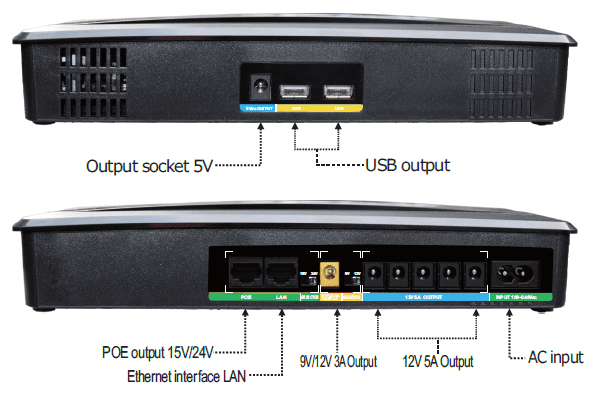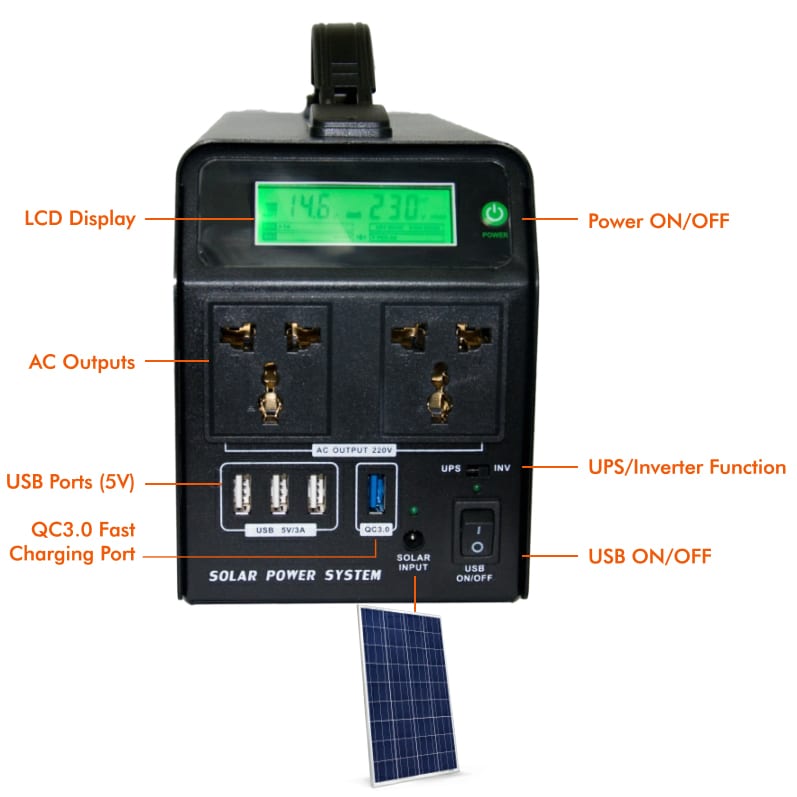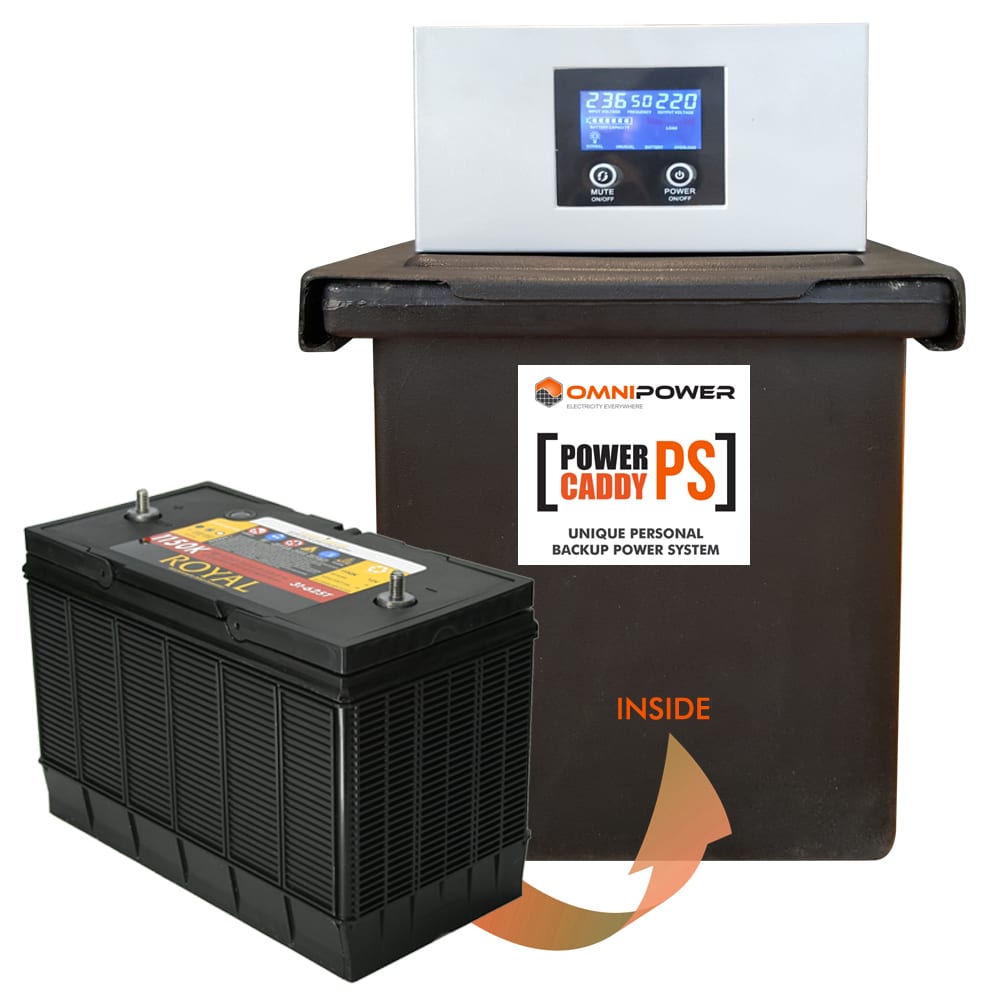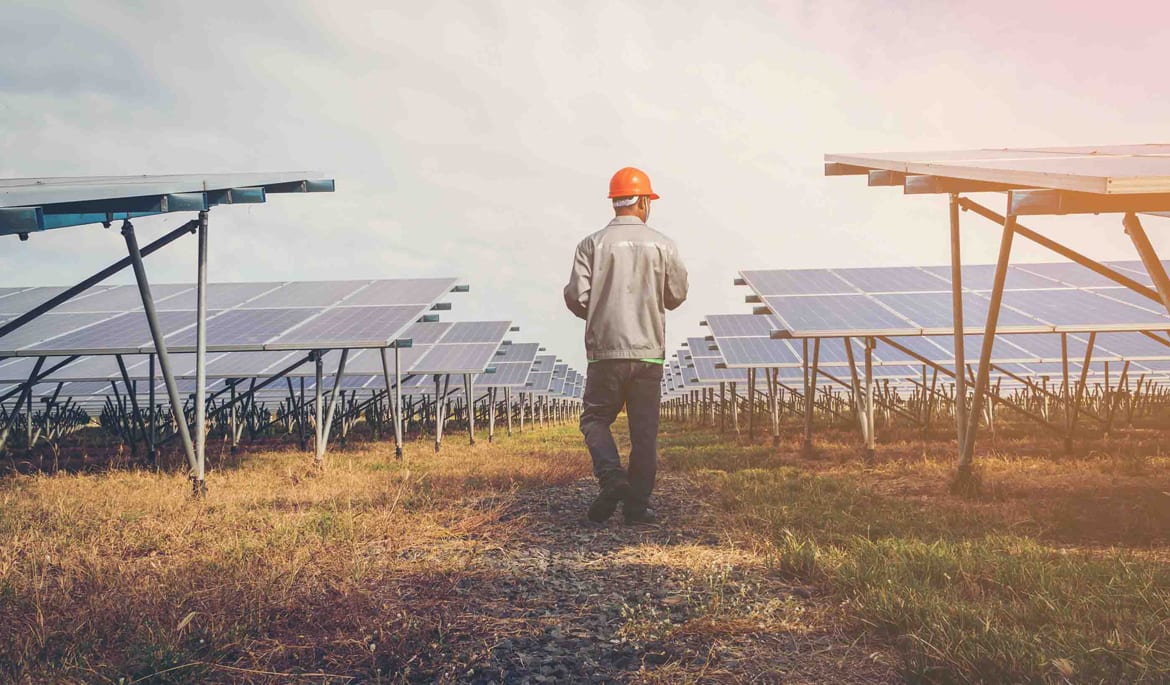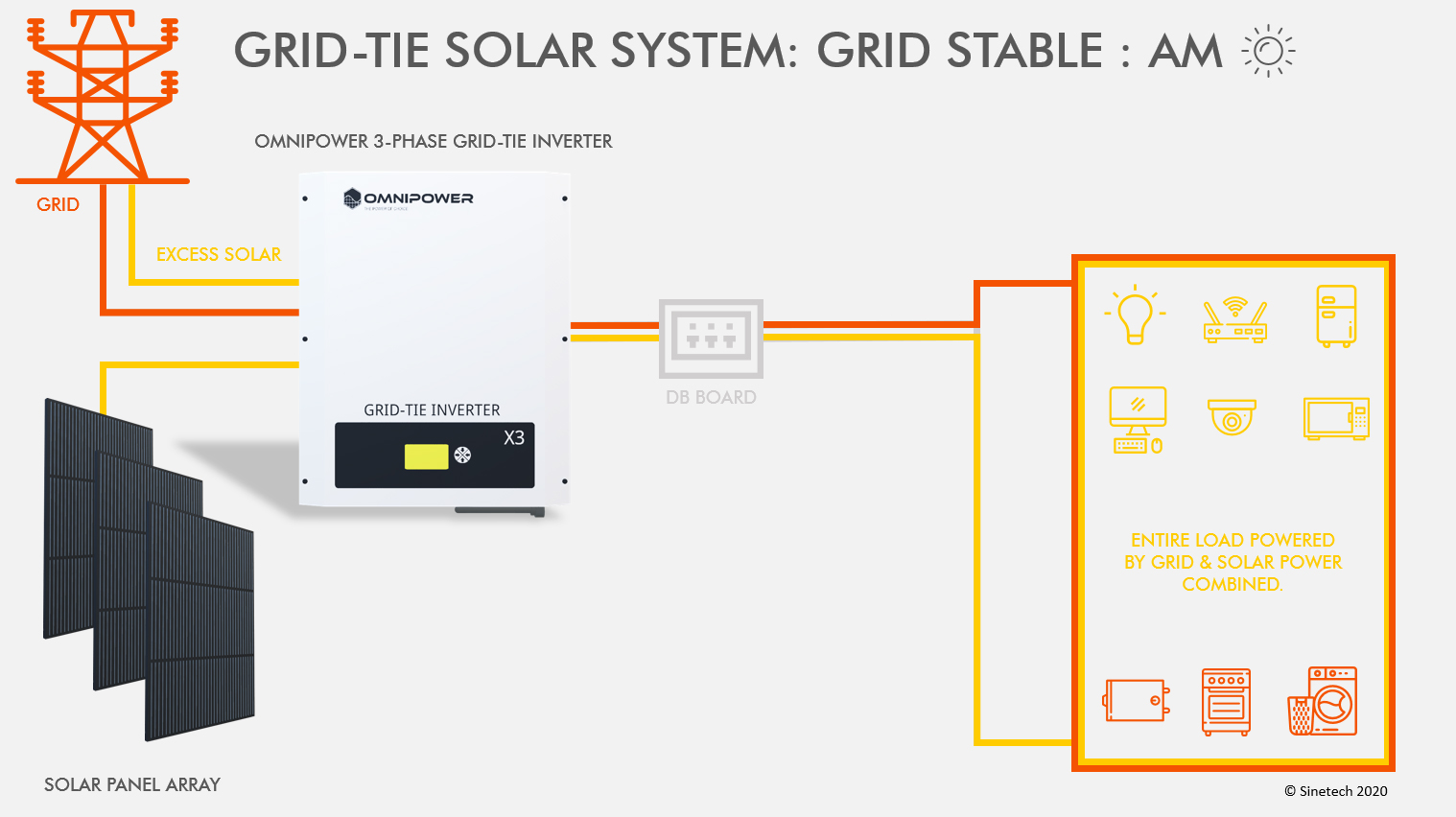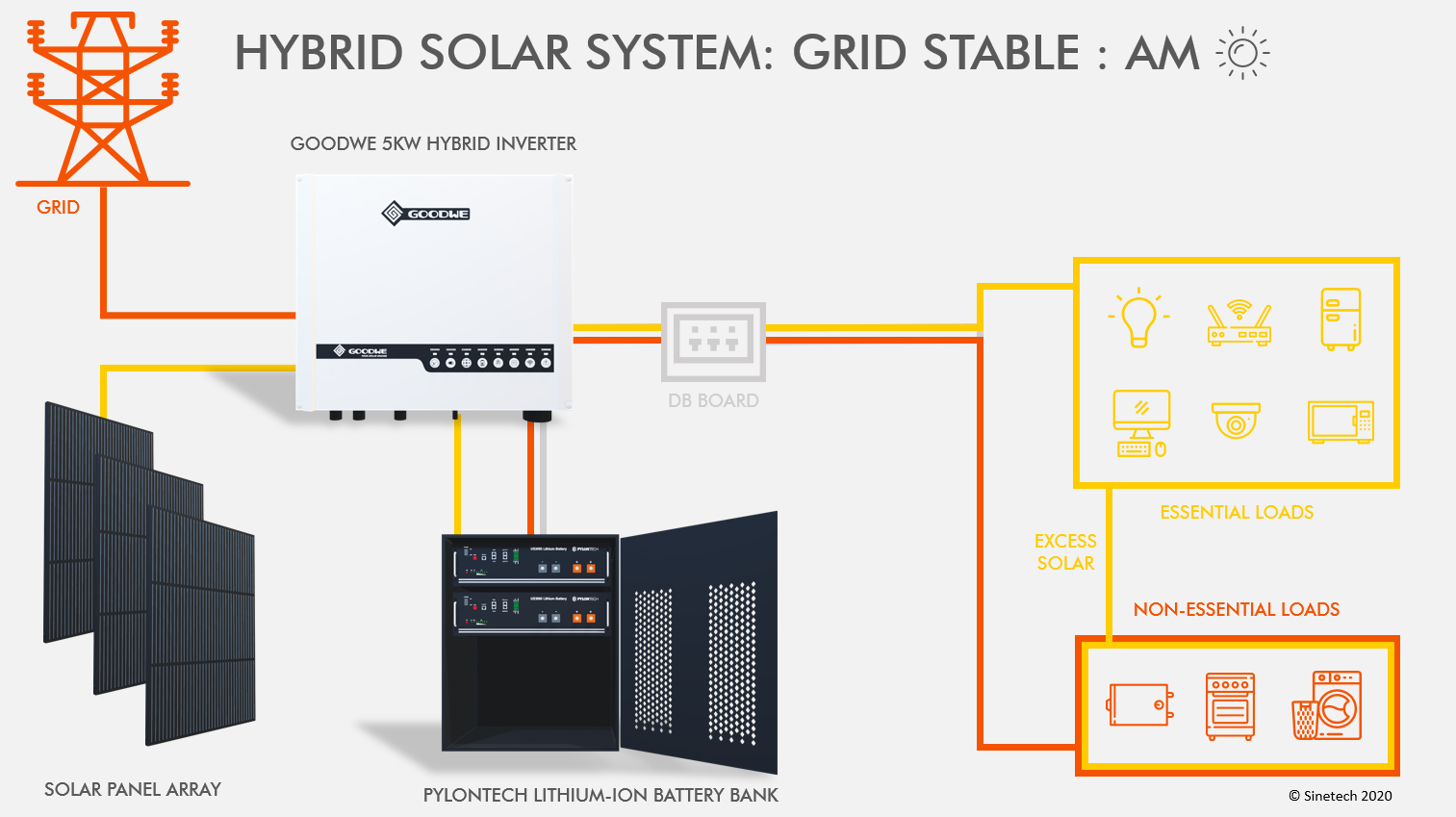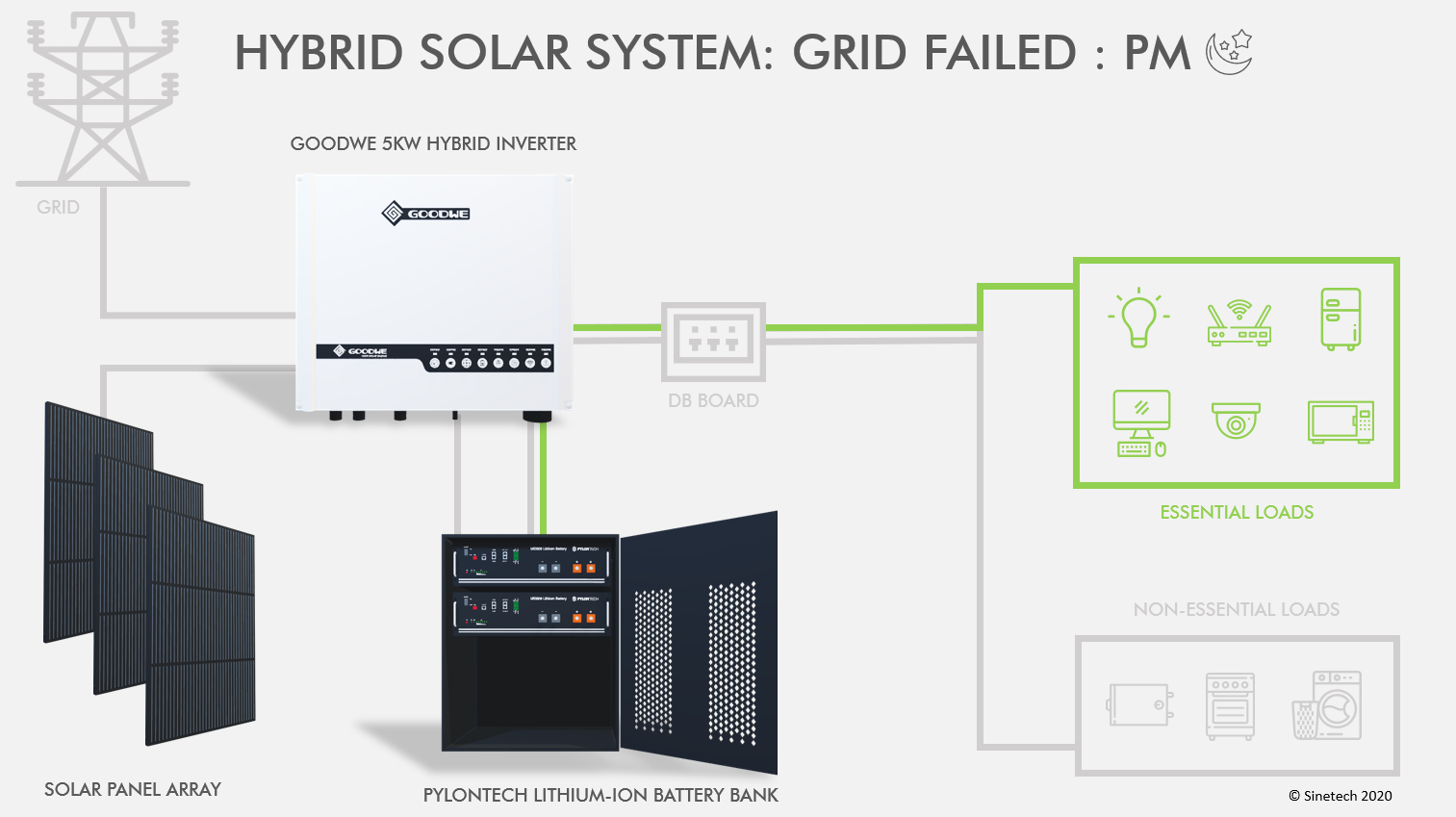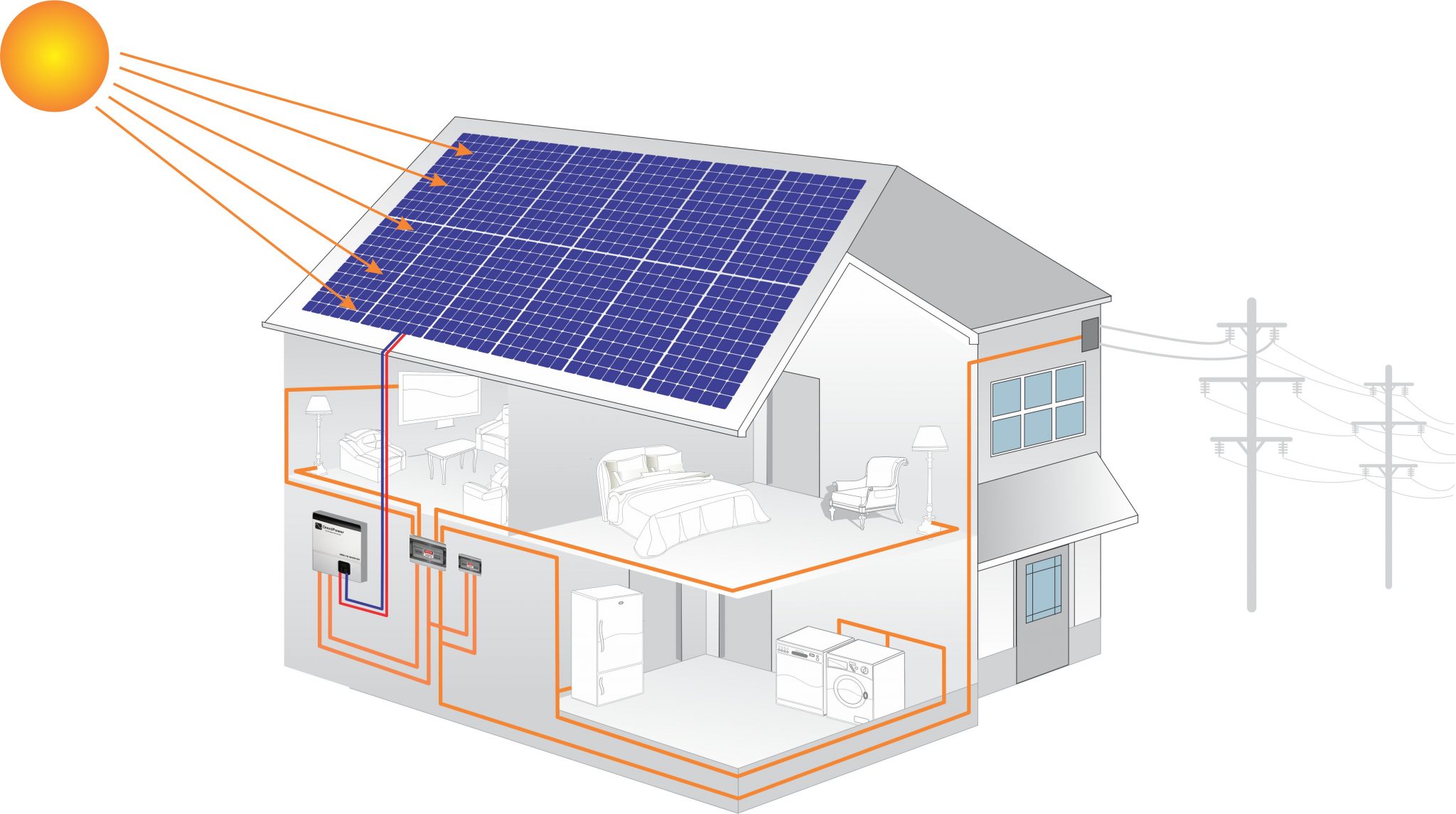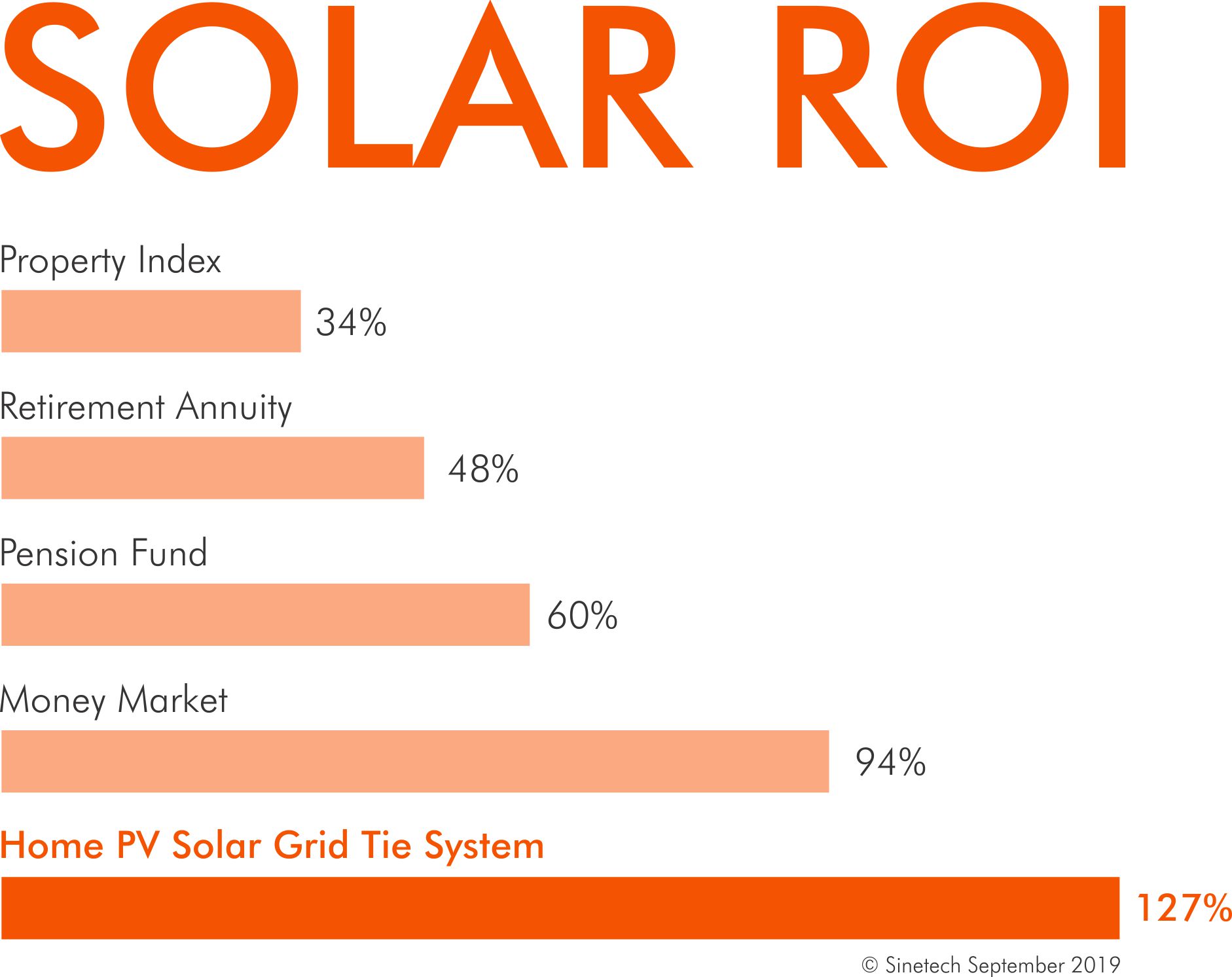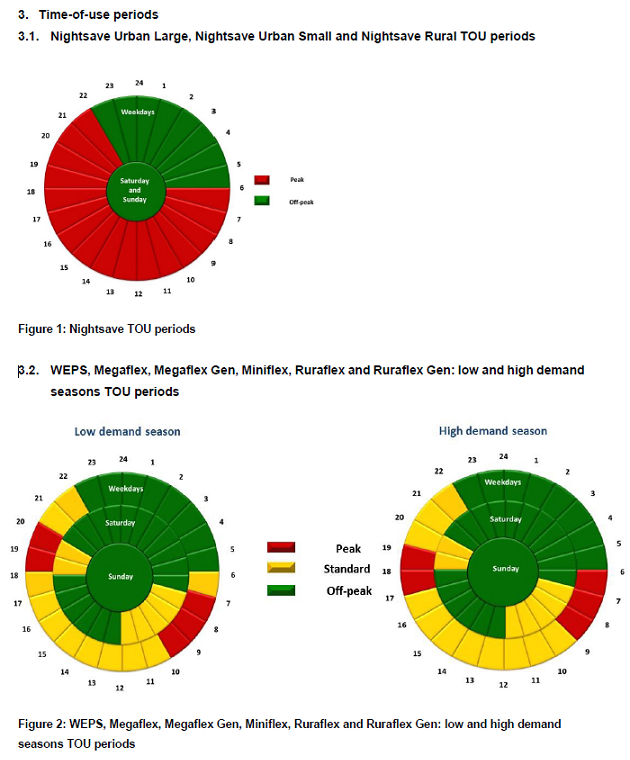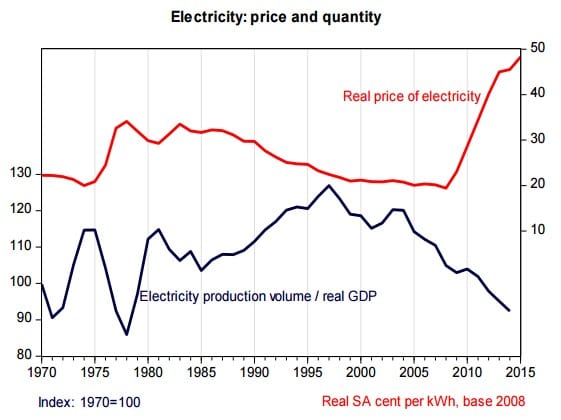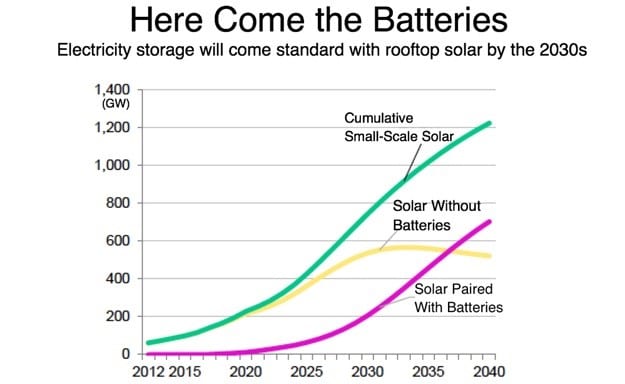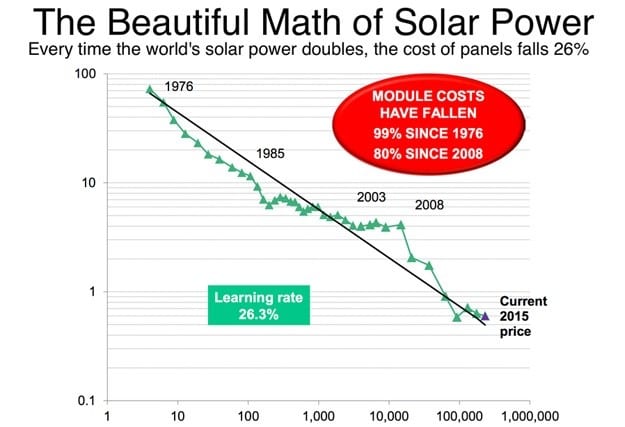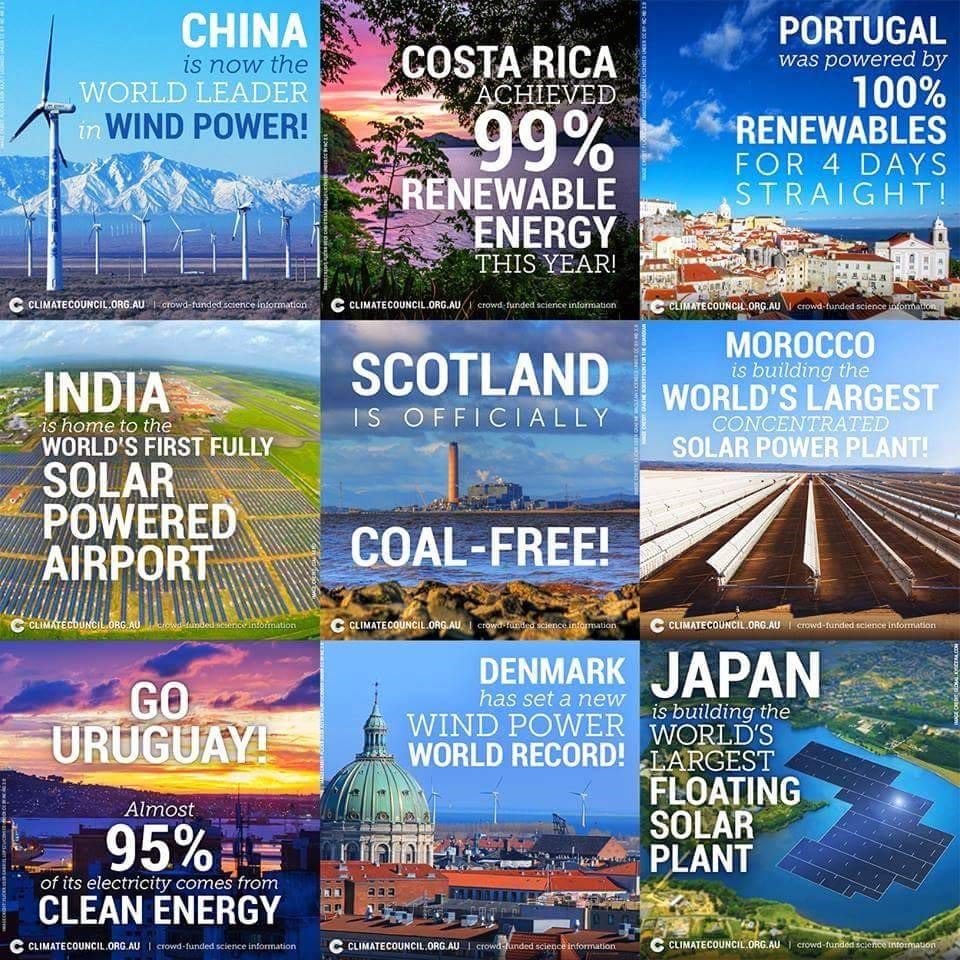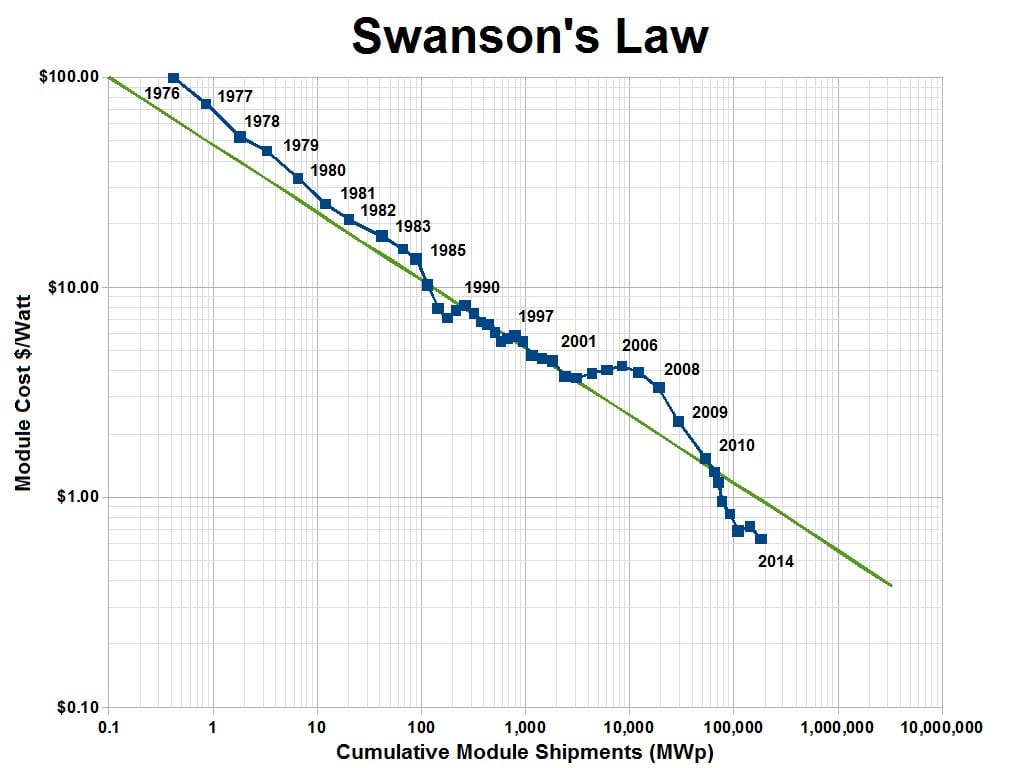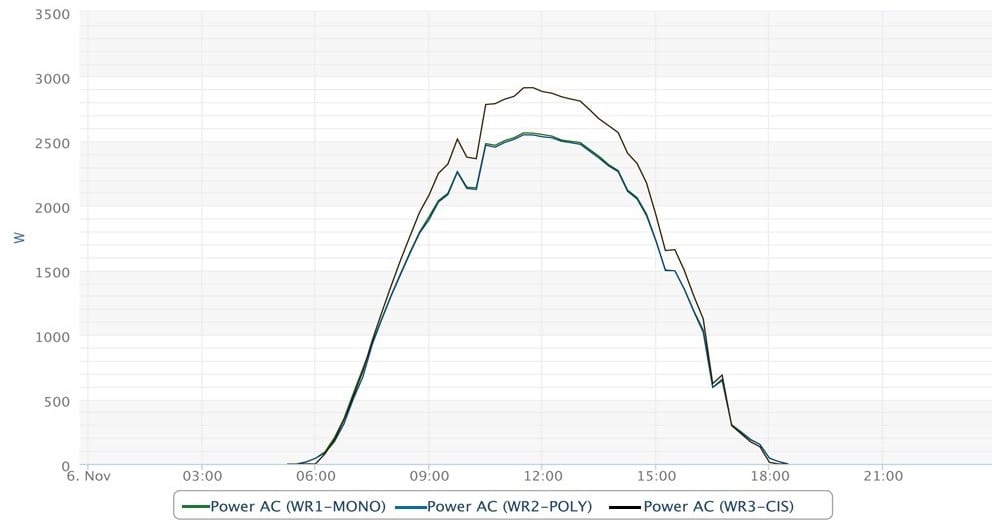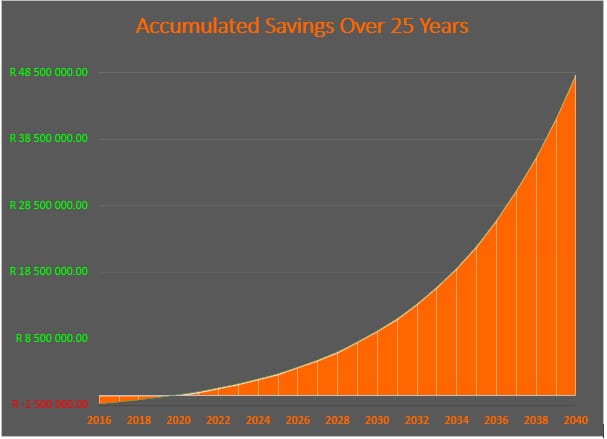Whilst we find ourselves in an almost surreal world from a socio-economic perspective, there are some positive developments that have occurred during the past 8 weeks or so. Number one, and most important, the environment has had a holiday from CO2 emissions and even wildlife is making a bid to reclaim the streets. This has served to show how fragile but resilient our world is and should inspire us all to continue contributing to reducing our environmental impact in future.
From a social perspective and contrary to how we have had to distance ourselves physically, we have pulled together very well as a people, supporting the indigent, aged and ill members of our society. Many have contributed financially and some have even given of their time to help others, despite risk to themselves.
It is my personal view that the government has performed admirably compared to many other countries and with much fewer resources. Many difficult (and some illogical) decisions have been taken but with a high level of co-opting the numerous stakeholders in, making these decisions even more difficult, as there will always be differing opinions and agendas. In fact, COVID-19 has focused most South Africans on the issues that should always have been primary ie. poverty, job creation and healthcare. We must continue to focus on these concerns and I believe the by-product will address other social ills such as crime, education and the massive economic disparity in our society.
In the renewable energy industry, we have a role to play, most critically in educating the public at large as to the merits of using PV solar or energy storage systems in their homes and businesses. It is a widely-held view that these systems are prohibitively expensive but in fact the reverse is true, as we will illustrate below. The benefits of inexpensive and continuous power are numerous and touch many aspects of our daily lives.
Reason 1 – Back-up for essential loads
An energy storage system is in essence the JoJo tank of the electricity world, using an inverter and batteries to store energy. That energy can be the electricity provided by your municipality or Eskom, or it could be energy that is created by solar panels that you have installed on your roof, or both.
The primary purpose of such a system is to provide back-up power during periods of load-shedding or power outages for any other reason. Ordinarily, during a power outage one would seek to power “essential loads”; these are the electrical circuits that feed devices that are critical to you. Most domestic households focus on alarm system, electric gate/garage, fridge/freezers, some lighting, TV, decoder, router and possibly a microwave oven.
In a post-COVID world, working from home will become much more prolific and thus the continued operation of your computer and wi-fi will be very important to productivity. We are advised by Eskom that load-shedding will resume in May 2020 and will be around for at least the next 18 months. Equally important is the non-interruption of the normal functioning of access and security systems such as electric fence, gates, garage doors, cameras and alarms. Many of these have built-in backup facilities but the batteries are often depleted or damaged and don’t offer adequate backup time. Security will unfortunately become more critical as economic conditions deteriorate, therefore it is vital to ensure seamless power backup for these systems. The cost of these backup solutions start from as little as R1 000 to simply back-up a wi-fi router to tens-of-thousands of Rands for a fully- integrated solution.
It is advisable to consider the future integration of solar as well, but if current budget does not allow currently, ensure that the inverter has hybrid capability so that you can add solar at a later date.
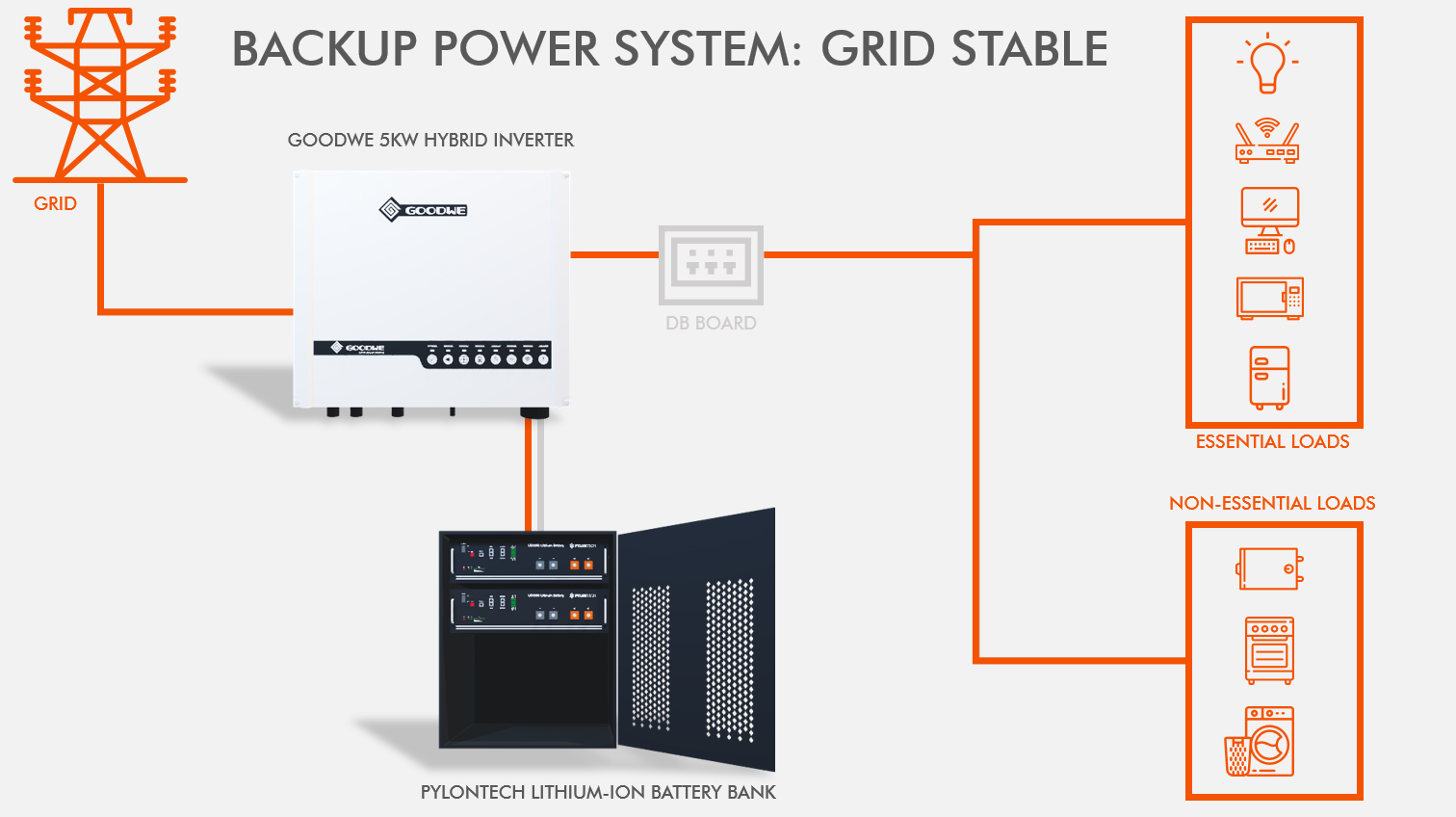
Backup system integrated to DB board
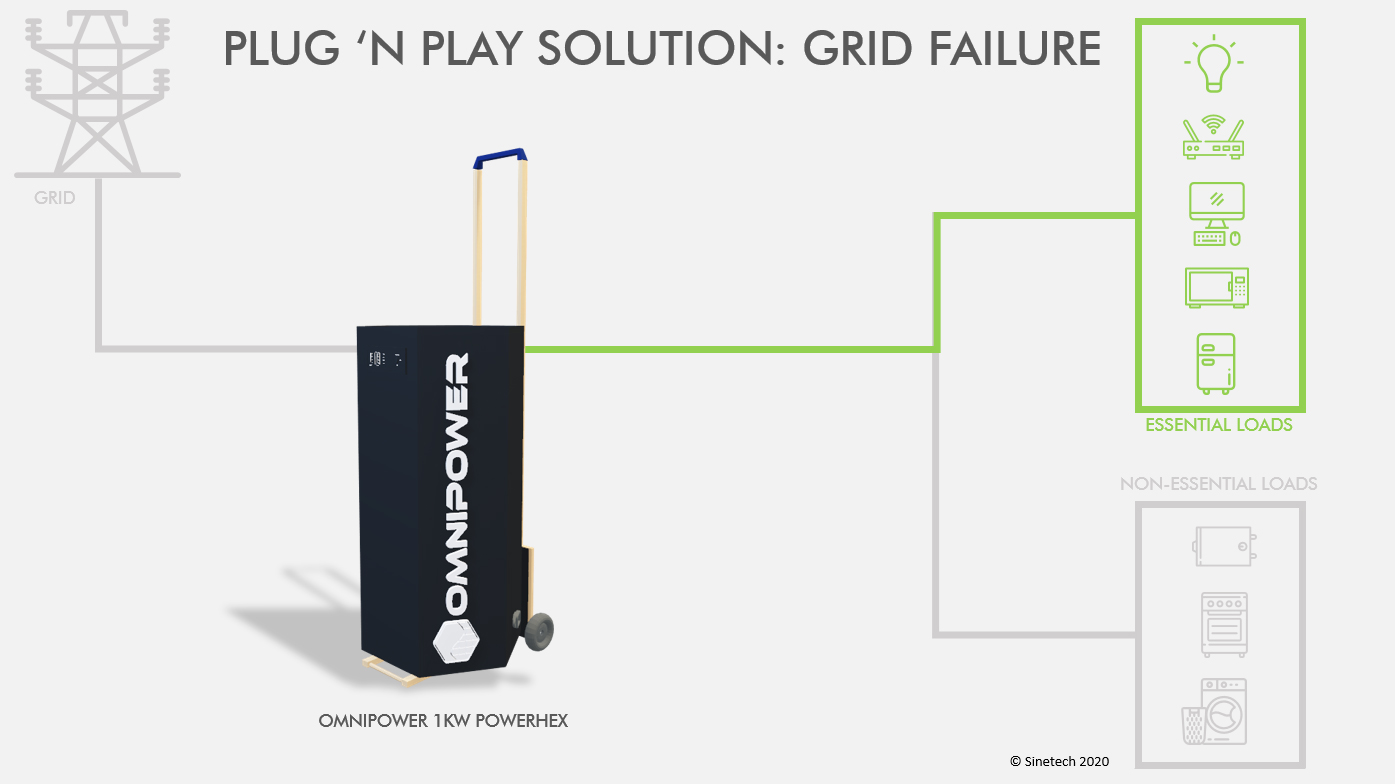
Mobile backup system non-integrated
Reason 2 – Solar as a cost mitigation strategy
For the period 2002 to 2019, electricity increased by a staggering 500% in South Africa and looks set to continue with double-digit increases for the foreseeable future when one includes the Regulatory Clearing Account (RCA). The result is annual increases of between 15% to 20% compounding year on year. The objective of this section is to reduce or at a minimum, control the amount you pay for electricity as a consumer or business. It must be said at this point that all of us should have adopted behavior that is energy conscious and made our homes and businesses as energy efficient as possible by using LED lights and ensuring that when we replace appliances, we seek-out the most energy-efficient units. The following seeks to illustrate how you can take control of your energy future.
We will assume useage of 1 000kWh per month, which is an approximation for middle income households in S.A. Current tariffs for Eskom Direct customers are roughly R1.45/kWh for 0-600kWh and R2.30 for 601kWh onwards, thus 1 000kWh would result in energy charges of R1 790 plus R6.23/ day network capacity charge for 30 days (R187) giving you a total of R1 977 excluding VAT. Municipality provided electricity tariffs will vary from place to place.
The table below (Table 1) shows the effect of the combined increases ie. base tariff and RCA recovery but does not show the Network Capacity Charge. This has been increasing incrementally over the years and whilst it is a relatively small number (around R172 in 2019 moving up to R187 in 2020 for Homepower Standard), it is an increase of almost 10%. There were mumblings about actually lowering tariffs and hiking Network Capacity charge massively, thus reducing the price to poorer communities. Table 1 does not include the RCA percentage for 20/21 and 21/22 as this issue is before court at the moment. Eskom’s claim for variations for additional costs and revenue shortfalls in the preceding years would see a Total tariff increase of 16.5% in 2021 and 2022.
Table 1:

Source: Eskom/NERSA
Thus in 2021, the 1 000kWh example shown above would increase from R1 977 to R2 303 in 2021 and to R2 683 in 2022 and based on historical increases, Network Capacity charge will increase from R187 to R224 in the two-year period. Therefore using this example, Homepower Standard will increase by around R700 or 35.4% in that same period.
How can solar help reduce some of this pain? There are two paths to pursue in moving to solar to mitigate tariff increases, namely Grid Tie solar or Hybrid solar. Grid-tie, as the name suggests, involves deploying PV solar panels and the required inverter connected into the existing power grid. This system adds supplemental power to your premises while the sun is shining, thus roughly six hours per day depending on location and season. The intelligence in the inverter will route energy sourced from the solar panels to the circuits in your premises connected to the inverter.
During daylight hours, the system will reduce or possibly omit usage of grid power. Grid-tie solar does not provide backup power in the event of a power outage as it is dependent on the grid being online to work.
Additionally, many municipalities permit feed-in of surplus energy to the grid offering a credit on the associated account. This would require a specific application for “net metering” over and above the normal compliance documents required to connect to the national grid. Feed-in is advantageous for both domestic and commercial premises as surplus power generated in the example of a commercial instance, will direct energy generated over weekends back into the grid. An existing commercial customer offset their total Network Capacity charge, minimal usage as they were closed and accrued a small credit during the COVID-19 lockdown.
A hybrid system includes the functionality of the grid-tie system with the added benefit of providing a battery bank as a storage mechanism for grid or solar sourced energy. This would provide power to the designated electrical circuits during power outages, at night or on overcast days where solar radiation is minimal.
Intelligence in the hybrid inverter can be configured to direct energy to the electrical circuits of the premises as priority one, recharge the batteries as priority two and feed-in to the grid as priority three. It is also possible to apply “peak-shaving”, an intervention to use the batteries when premises demand and tariffs are high, thus avoiding using grid-power at peak times/tariffs.
Clearly, the purpose of this article is to explore what options we have in terms of continuity of power supply and the cost-effective sourcing of electricity. It is therefore the juncture to explore what the various options cost with regard to the basic solar options described above. Using our 1 000kWh example again, Table 2 illustrates that solar makes sense post-Covid19 primarily due to the fact that interest rates have decreased by 200 basis points. It may therefore be advisable to use your existing mortgage bond to fund solar on your premises in a domestic or commercial instance.
Furthermore, in a commercial case, Section 12 B of the Income Tax Act permits accelerated depreciation of renewable energy assets purchased for cash such as solar plants used in business premises. These assets can be depreciated in Year 1, thus reducing the overall tax burden where this is advantageous. Alternately, there are rental programs available for commercial entities thus treated as OPEX.
Table 2:

Assumptions: Eskom increases Year 2 to 4 = 15%, Year 5 to 8 = 10%, Year 8 to 10= 8%. Includes maintenance, depreciation and interest of prime -1%.
Over a ten-year period you will avoid energy costs of around R125 000 with the benefit of having back-up power. Monthly repayments will be less than for 1 000kWh from Eskom from Day 1 and the savings will become greater over time. Once the system is fully repaid, the 1 000kWh will be at zero cost for at least another 15 years, inverter and battery replacement excluded but solar panels included.
Reason 3 – Solar as an investment
Reason 2 dealt with how you can save on costs and have some control over your electricity provision by funding through mechanisms such as your mortgage bond. Reason 3 focuses on how, if you are fortunate enough to have surplus cash you wish to invest, a solar system can provide an excellent investment. The current return on investment per annum on R100 000 is around 5.5% for property, 6.89% for SATRIX and around 6.25% in a call account. Now, thanks to Eskom’s devastating price increases, you can invest that same R100 000 in a PV solar system (enough for a 5kW grid-tie) and you’re looking at returns of 40.7%. Simply put, there is no other investment that offers this return plus the security of knowing you have electricity.
Municipalities are also starting to permit the “feed-in” of surplus electricity that you might generate thereby giving you a credit on your electricity account. Additionally, with a hybrid system (Solar panels plus batteries) you will have an automatic back-up solution for those annoying power outages.
Naturally, we invariably do not stay in the same house for 20 years or more, however the investment in solar will not necessarily be lost should you move. In first-world countries, solar has become so ubiquitous that buyers often make it a requirement in their buying decision. In California, for instance, every 1kWp of installed solar you have on your home attracts an additional $6 000 in the asking price. It must be stated though, that the State of California offers significant rebates for homeowners who have rooftop solar. Perhaps sometime in the distant future we may be so fortunate.
As illustrated in Reason 4 below, a rebate system may provide additional incentives to homeowners and business owners and create the jobs described below.
Solar vs Eskom: A comparison over 20 years
The graph below takes a conservative view of the potential savings to be had by investing in a grid-tied solar system over a 20-year period. In the scenario below, you could realise savings of R1 921 000:

We have based these calculations on a grid-tie system (no battery) costing R79 000, which comprises polycrystalline panels, grid-tie inverter(s), cabling, mounting and installation. Assumptions include:
• Eskom agreed rate in 2020 of R1.98p/kWh – thereafter 15% per annum escalation.
• Current electricity price of R1.45 for less than 600kWh, and R2.30 above 600kWh.
• Normal household consumption of 1 000kWh pm
• 6.2 Hours of sunlight per day.
• Excludes VAT.
Reason 4 – Job Creation
One of our most significant challenges in S.A. has always been job creation. Post-Covid 19, we will have an even greater challenge as retrenchments and business liquidations increase. Between 3-million and 7-million jobs could be lost depending on how quickly we can contain and ultimately control the virus.
The consequential impact on food security, crime and further health crises in our country are a national emergency which concerns all of us. Our pre-existing financial woes Pre-Covid 19 and the coincident downgrade to junk status by Moodys, and further into junk status by S&P, only served to see more capital flight from S.A.
These are massive macro-economic problems which most of us have very little control over, however they affect all our lives. Most households in South Africa will see a decline in their lifestyle in the coming months and years, so prioritisation of monthly expenses will be an exercise many of us should already have undertaken. The obvious priorities are food, rent/bond, water and electricity and it is with electricity that we believe savings and savvy investments can be made as per Reason 2 and 3 above.
It is refreshing that the incumbent Minister of Minerals & Energy has been prompt in delivering the IRP2019. The plan addresses many issues that are extremely urgent to the very existence of our fiscus. The absence of affordable energy from a domestic and commercial perspective is probably the most pressing non-human issue facing government and, indeed, every South African.
In my view, the IRP does not go far enough with regards to focusing on renewables, however, I accept that there is a social and political perspective which limits radical transformation of the energy sector in the short term. It is however apposite to note that renewables actually deliver more jobs than current coal- and nuclear-powered mechanisms. The emergence of the “green collar worker” on the international stage should be eagerly pursued in South Africa, especially given the proclivity toward technology jobs by our youth today.
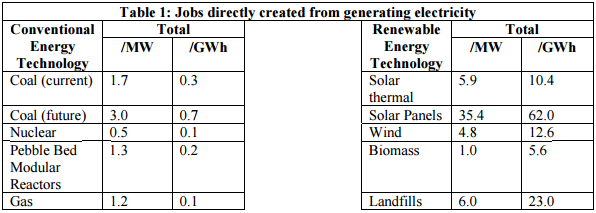
Source: Earthlife Africa
Distributed or self-generated energy could go a long way to addressing these challenges by employing solar and battery storage at the domestic, commercial and industrial level. From a jobs perspective, envisage a scenario where micro-enterprises spring up nationally to perform the installation and maintenance of solar systems at the residential level, very similar to how the DSTV installers operate. At the commercial and industrial level, small enterprises can emerge to fulfil these services for factories, shopping centres and any other larger structures. Business can join hands with government to fulfil the re-skilling of coal workers into “green-collar” workers who market, install and maintain the systems in domestic and commercial buildings.
And yet, we do have a bridge to cross in terms of upskilling the youth for these positions and reskilling existing energy workers toward renewables. It must be said though that renewables and fossil fuel energy are not mutually exclusive but rather complementary to each other. It would be impractical to decommission existing power stations in the short term (less than 10 years) and switch to renewables with storage overnight. This would be politically inexpedient and would create yet more unemployment and therefore more social ills. Additionally, technologies, specifically around energy storage, are in their infancy and still quite expensive.
We are therefore in a position where we have the time to plan the phase-over with little impact on the socio-political imperatives. It is critically important though that we start now with the phase-over in order to transform the energy sector to a more efficient and environmentally-friendly industry. In doing so, we can achieve so many of our objectives of making energy affordable, creating jobs and saving our most critical asset, the planet.
Reason 5 – Environmental Issues
Thus far in this article we have ensured continuity of electricity supply, saved on monthly energy costs, put our savings into an asset with incomparable returns, created thousands of jobs, so all that’s left is for us to save the planet.
Sounds like something from a movie, but then again, I think many of us feel like we are starring in a doomsday flick with this global pandemic. The truth is, the world will never be the same again; however, it can be better if we all heed the wake-up call that we have just received. The International Energy Agency estimates that carbon emissions will fall by 8% this year but in order to start reversing climate change, we would have to continue decreasing by 7.6% every year until 2030.
Seems unachievable, as we know that most industries have been shutdown for 6 to 8 weeks across the globe, most vehicles have been stationary, including thousands of airliners, so not something we could do every year. We could however accelerate our migration to renewable energy, electric vehicles, recycle more plastic, paper and water. When we get back to work, although it will possibly look very different to pre-COVID, we should try to not give up the gains we have made from an environmental perspective.
Using our 1 000 kWh per month residential example, a 7.5kw solar system will produce about 12 000kWh a year which will mean around 12 tonnes less of CO2 emissions per year.
In our pursuit to reduce CO2, we concurrently save H2O by moving away from fossil fuels. 95% of our energy is produced by burning coal, heating water and spinning a turbine, simplistically put. To my mind this seems extremely primitive, albeit that the systems that run and manage our grid are highly sophisticated, the core is quite dated science.
Creating energy from coal requires mining effort, processing effort and a myriad of heavy industrial machines to generate electricity. Most concerning is that generating electricity from coal is a water-intensive process and South Africa is challenged with minimal water resources constantly. The table below indicates the volume of water required in making electricity:

Renewables also require some water in their production and operation but it is fractional compared to conventional energy mechanisms. We are seeing a strong shift away from coal-fired power stations globally and in response to that, the larger coal-miners are not investing additional capital in growing their coal assets.
Summary
In closing, the COVID-19 lockdown has been a wake-up call for all of us. Nature is fighting back and humankind must recognize that we have to adapt the way we live on our planet. The way we work, play, eat and travel will change over the coming years in response to COVID-19 and possibly new and more virulent pandemics.
Food security and service delivery are threats we need to be aware of at home, commuting and at work. Many of our barriers and warning systems are electronic so there is an element of security offered by a back-up system. More likely though is the absence of electricity while you are working and staying at home that poses most concern: seamless continuity of power would be welcomed.
No doubt there are a select few who have capitalized on the COVID-19 crisis, but for most of us, it has meant, at best, reduction of salary and for some, total loss of income. If you are fortunate enough to not have suffered any impact on your regular income, now may be the time to gain control of those runaway electricity bills. Access to credit in your existing bond, which is now 2% cheaper, could be a smart move toward solar power.
The investment case will only get stronger as electricity becomes more expensive and this is inevitable. Pensioners are one group of our economy who could benefit from such an investment as it is virtually risk free. Cash that may have been directed towards other asset classes can be used to power your own home and deliver incomparable returns.
The job scenario will require the governments commitment to move toward having a large segment of “green collar” workers. It is imperative though that the mind-set of moving from fossil fuels to renewables is not a mutually-exclusive transition. Coal power, thus coal jobs, will be with us for years to come but we must start the transition on a larger, distributed scale.
Finally, all of the above is irrelevant if we choke our atmosphere with CO2 and use water irresponsibly. As shown above, one household can save 12 tonnes of CO2 going into the atmosphere per year. Imagine the savings on CO2 and water large industry can deliver annually.
The world will change post-COVID, exactly how, we do not fully understand yet. My hope is that we see some of the 5 Reasons in our article adopted to contribute towards improving our financial, social and environmental future.
Article by Chris Rodgers, CEO of Sinetech
The post Five primary reasons why PV solar and standby power make more sense than ever post-COVID appeared first on Sinetech.
]]>
